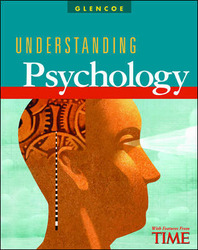
Understanding PsychologyChapter 20: Attitudes and Social InfluenceChapter OverviewsOur attitudes, opinions, and beliefs determine how we define ourselves and guide our behavior toward others. Chapter 20 explores where our attitudes come from, how they change, and how they are affected by societal influences. Section 1 discusses how our attitudes develop. Attitudes are the result of conditioning, observational learning, and cognitive evaluation. The culture in which you grew up, the people who raised you, and those with whom you associate all shape your attitudes. This section explains how attitudes serve as guidelines for interpreting and categorizing people, objects, and events. Section 2 discusses how attitudes change. Compliance, identification, and internalization describe the three main processes involved in forming or changing attitudes. Cognitive dissonance, the conflict people feel when they experience contradictory ideas, can provoke changes in attitudes because people need to make their thoughts fit together logically. Counterattitudinal behavior and self-fulfilling prophecy are terms that describe ways in which people's actions can affect their attitudes. This section explains how prejudice is strengthened and maintained by the existence of roles and stereotypes. Section 3 is about how people attempt to use persuasion to influence attitudes. The way that a message is evaluated depends upon the message itself, the source of the message, the channel through which it is delivered, and the audience that receives it. Based on their delivery, messages can persuade with logic (central route processing) or their emotional appeal (peripheral route processing). The most effective messages combine emotional appeal with factual information and argument. This section details some persuasion strategies including the foot-in-the-door technique, the door-in-the-face technique, and brainwashing. |  |















